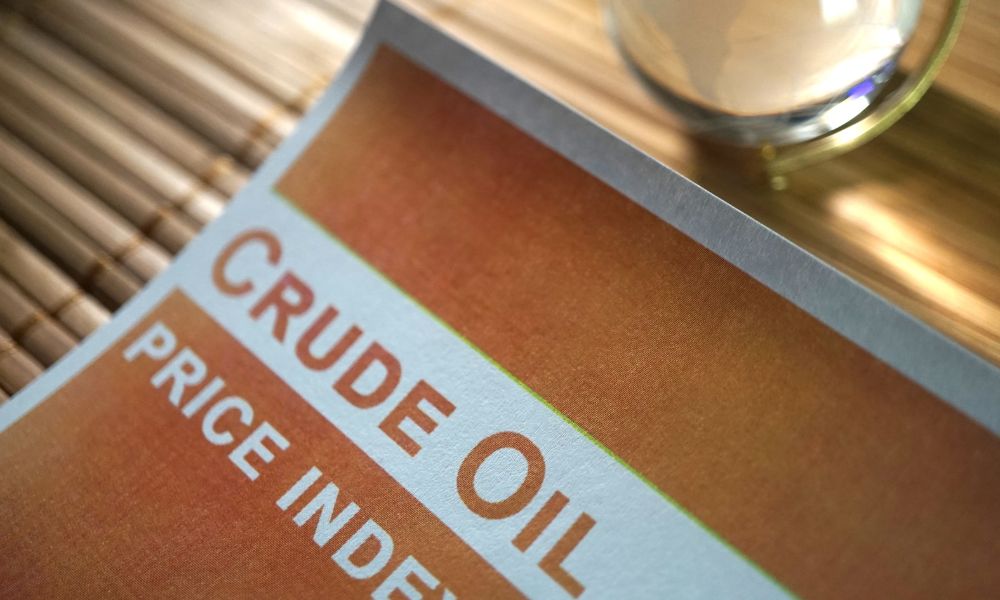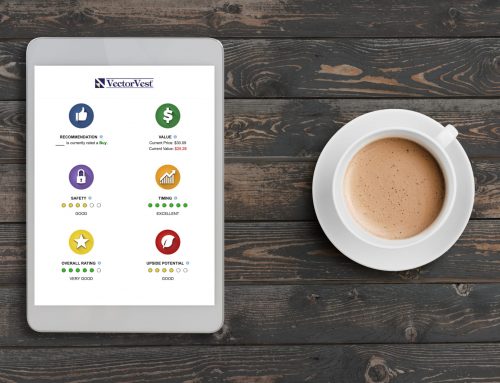At the time of writing, the crude oil market – like many other markets around it – is highly volatile thanks to the uncertain economic backdrop within which we currently live.
At the moment, the world is characterized by a number of short term influences that are impacting the prices of many asset classes – oil being no exception. For instance, there are an increasing amount of geopolitical tensions, ongoing conflicts, and elections which all affect the demand for oil. A notable example would be how the recent geopolitical tensions in the Middle East and Russia (which are major producers of oil) have influenced supplies.
These factors are important considerations as oil prices are impacted by basic supply and demand dynamics – so tend to go up when supply has been constrained. However, other factors such as general economic activity can affect the price of a barrel too. Furthermore, in the long term, the transition towards renewable energy with lower carbon emissions has the capability to affect demand and prices. In the short term, traders and market makers can cause volatility through the buying and selling of oil futures.
We go through some of those ideas here.
Supply/Demand Dynamics and Oil’s Price
Supply
When supply is constrained, perhaps due to geopolitical instability in major oil producing countries and regions, prices spike. At the moment, with Russia’s war in Ukraine, ongoing conflict in the Middle East and continued sanctions on countries like Iran, supply chains are disrupted and the global supply is reduced.
Furthermore, the Organization for Petroleum Exporting Countries (OPEC) has a big impact on the global supply too. OPEC sets production quotas so it plays a significant role in balancing the market. If OPEC decides to cut production, prices can spike quickly. Conversely, if they increase it, the price can come down. However, while OPEC is responsible for 40% of the world’s crude oil production, it’s not always a given that countries within the organization always comply with the production quotas – which is something to bear in mind when investing in oil.
Demand
Even if the supply of oil has been constrained, there are still times that the price can go down. For instance, if much of the world is experiencing an economic contraction, demand for oil goes down.
Plus, as oil is traded in U.S dollars around the world, if there are fluctuations in the dollar’s value, oil prices can fluctuate too. That’s because when the dollar is weak, oil becomes cheaper for other countries, which can boost demand. However, when it is strong, the opposite is true.
Ongoing technological transformation and environmental factors will continue to affect demand as well. While technology may arguably improve oil extraction, thus increasing supply, improving technology in the renewable energy space may decrease demand – which looks set to be a long term trend.
Economic Implications of Oil Price Swings
Higher inflation is one of the biggest implications of higher oil prices. When oil prices are high, transporting goods and energy costs force prices higher as a consequence. Consumer purchasing power is then hit, which can lead to a reduction in economic growth. For businesses, especially ones that are energy intensive, higher oil costs directly align with higher operating costs. As a result, profits usually decrease which then leads to lower investment and even redundancies.
When oil prices decrease, the exact opposite is true. Economies can expand thanks to production and operating costs reducing, while consumer confidence (and spending) increase along with business investment.
However, it’s not always a positive thing to see oil prices fall. If prices are low for too long, it can result in deflationary pressures making it difficult for an economy to grow. Deflation can lead to reduced consumer spending and economic stagnation. Furthermore, if oil prices dip too low for too long, some oil extractors may find it hard to spin a profit. As a result, they may stop producing oil altogether, leading to job losses and reduced investment.
Oil’s part in the global economy
Without doubt, then, crude oil is a vital part of the global economy. While there are a number of complex factors which affect its pricing, understanding them and their economic implications can help form investment decisions - both in the commodity itself but also investments in wider markets.
Want These Types of Insights at Your Fingertips so You Can Win More Trades?
Use VectorVest to analyze any stock free. VectorVest is the only stock analysis tool and portfolio management system that analyzes, ranks and graphs over 18,000 stocks each day for value, safety, and timing and gives a clear buy, sell or hold rating on every stock, every day.
Before you invest, check VectorVest! Click here to ANALYZE ANY STOCK FREE and see our system in action!











Leave A Comment